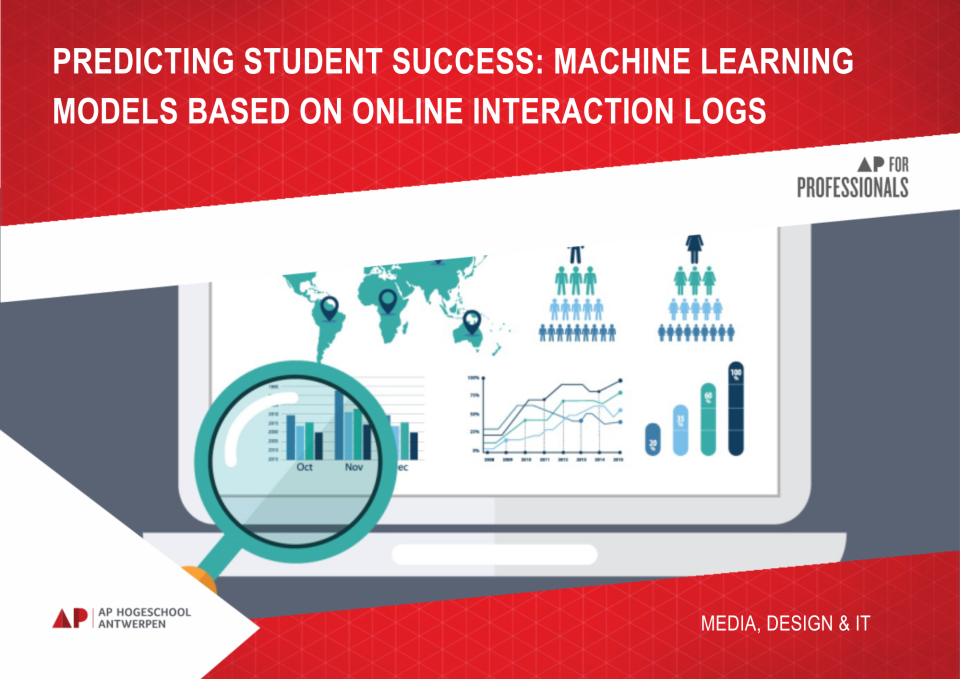More and more companies and organizations are turning to digitalization and using digital services to contact customers and other stakeholders (e.g. via a website or mobile app). This produces an enormous amount of user data which contains a wealth of information, such as how user-friendly these digital applications are and how users interact with them. With support from the Industrial Research Fund, the AI4UX project investigates how AI can be used to automatically detect relevant user patterns in this data. This allows to improve user experience and personalize digital applications based on usage.
Introduction
Digital transformation is in full swing, with unprecedented growth in digital tools. For example, never more apps were downloaded, from 40 billion in 2015 to 88 billion in 2021. The number of Internet users is also growing rapidly, from 3.2 billion in 2016 to more than 5.4 billion by July 2022. This is accompanied by a surge in commercial activity on digital platforms. For example, total eCommerce sales are estimated at €6.51 trillion for 2023, up from €2.29 trillion in 2017.
This digitization is accompanied by an enormous amount of user data being generated and recorded. This data provides opportunities to improve the user experience. User experience optimization or user experience (UX) is therefore increasingly seen as a key competitive advantage. The field of UX has therefore been growing steadily for several years and estimates predict an annual growth rate of 16.4% for the coming years. In addition, the importance of personalization is also becoming increasingly important and is also being used as a means for companies to differentiate themselves from their competitors. User data offers the potential to provide a personalized experience for each user.
In recent years, therefore, there has been a lot of focus within UX on collecting and presenting user data. The best-known example of this is the free online platform Google Analytics, which has an 86% market share. The step to turn this user data into relevant insights is currently still mainly based on experience and best practices to extract insights from the data. The use of AI and machine learning is seen as an important emerging trend within UX, although its adoption is currently limited. In other areas that use online user data, AI does already play a major role, such as personalized recommendations, predicting clicks on online ads, or automating and personalizing marketing.
Research quation
ITo what extent is it possible to use AI to automatically detect relevant user patterns in clickstream user data?
Planned output
The main intended result is a validated methodology that allows detection of key user patterns and profiles for a given dataset. It will be validated with use cases. For each case, the output consists of a specific trained model.








